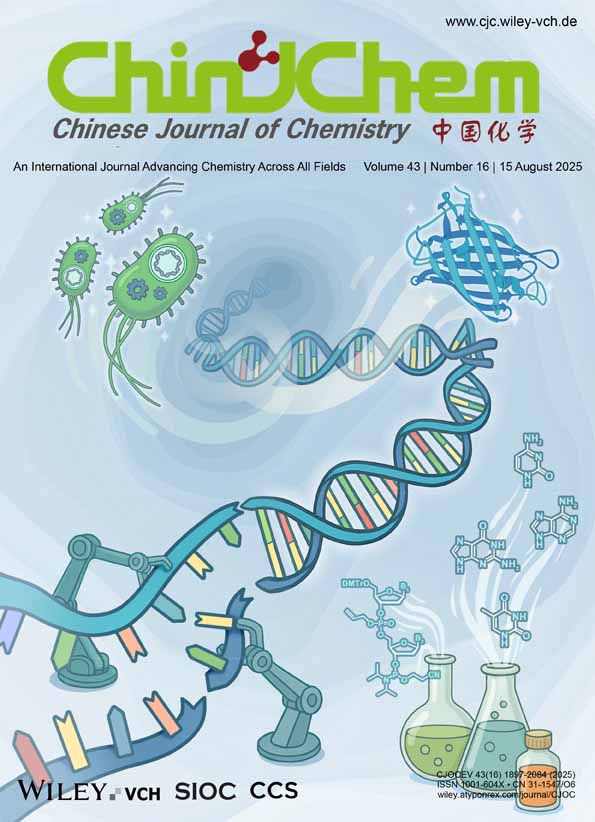Hydrophobie effects on photophysical and photochemical processes: VI. Character of aggregates formed by hydrocarbon with long chain in poor solvents
Abstract
Dodecyl β-naphthoate and 3-octadecyl pyrene were used as fluorescence probes for estimation of microscopic polarity in aggregates formed by long chain hydrocarbon Cn (n-10, 12, 14, 16, 18) in dimethyl sulfoxide-water mixed solvent. The polarity in the aggregates is similar to that in cyclohexane. The average aggregation number (N̄) was determined by using time resolved fluorescence technique. N̄ is dependent on substrate chain length and varies from 15 to 30. The microviscosity was also measured by fluorescence depolarization method. Above phase transition temperature, the microviscosity in aggregates is slightly larger than that in micelle, but below this temperature, the microviscosity in aggregates is as large as that in solid phase.




